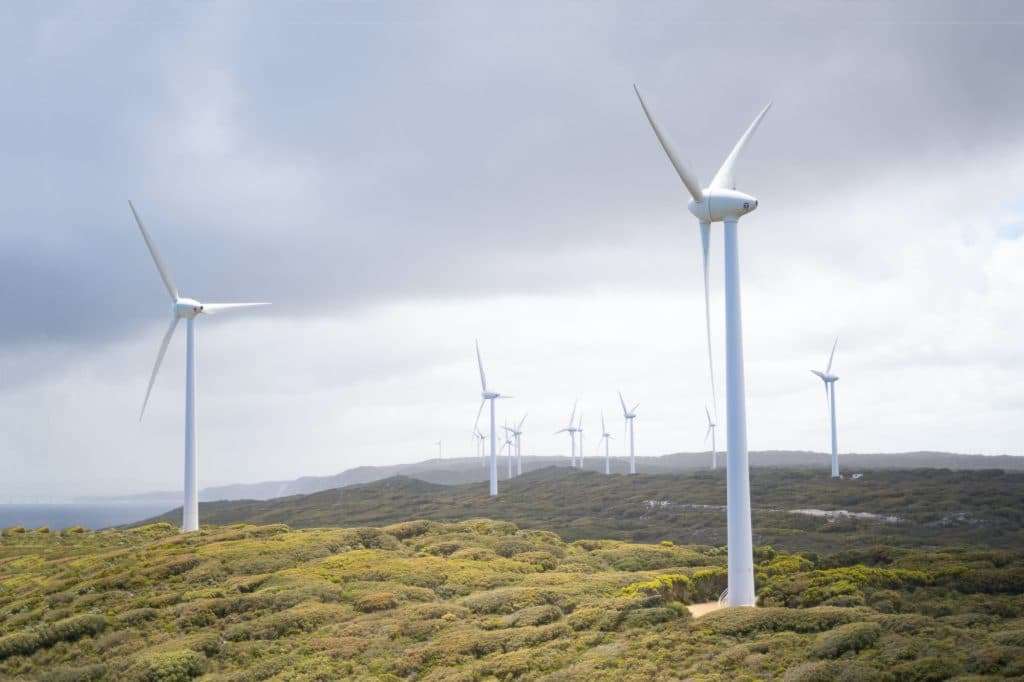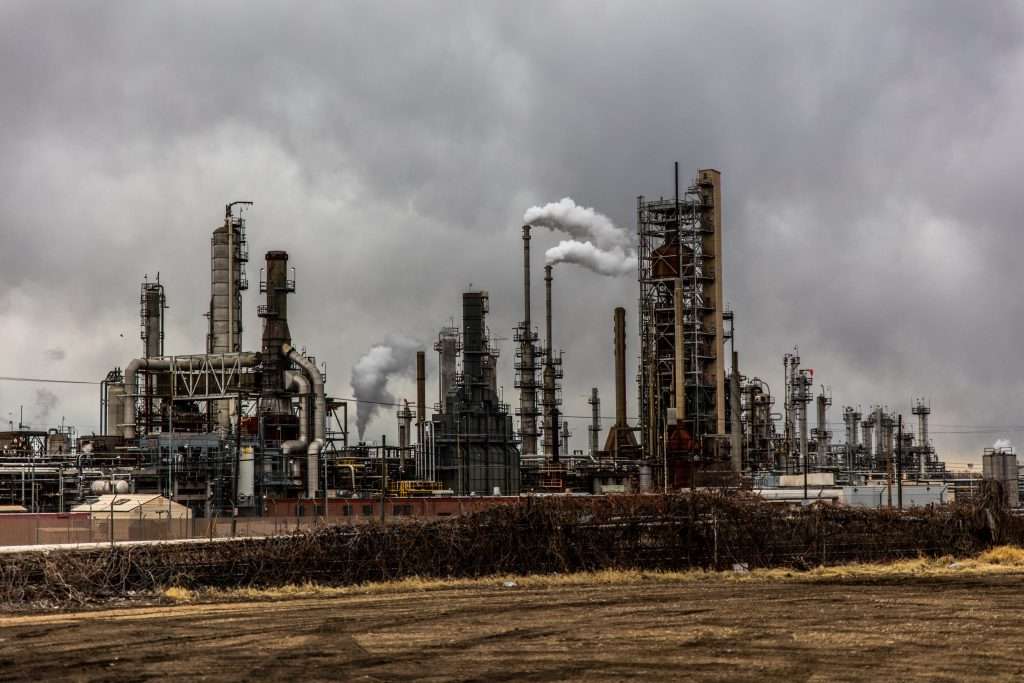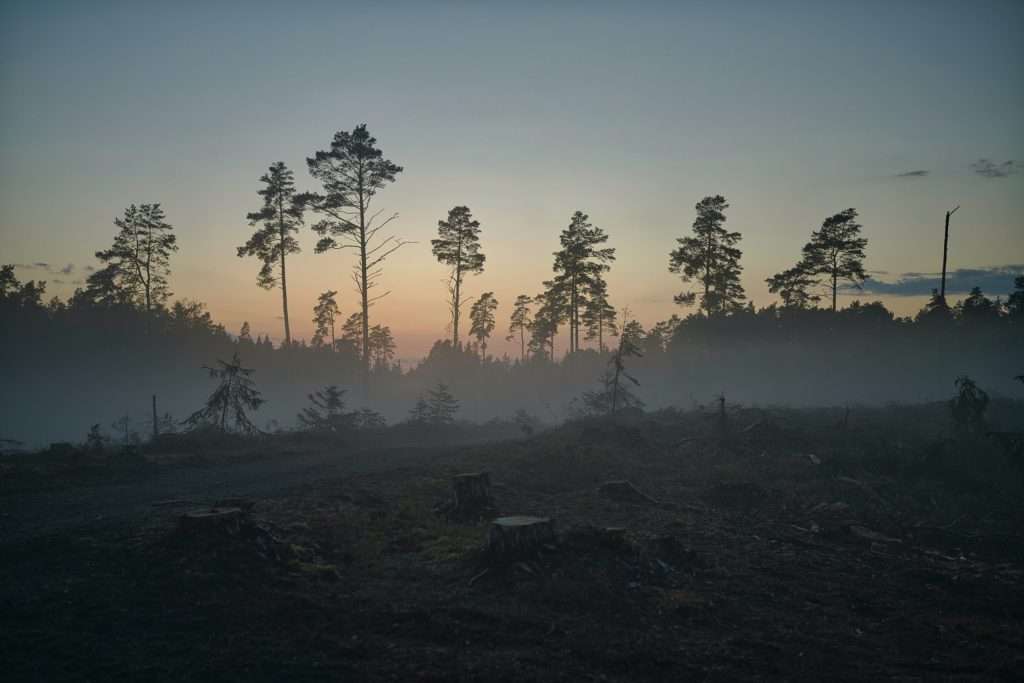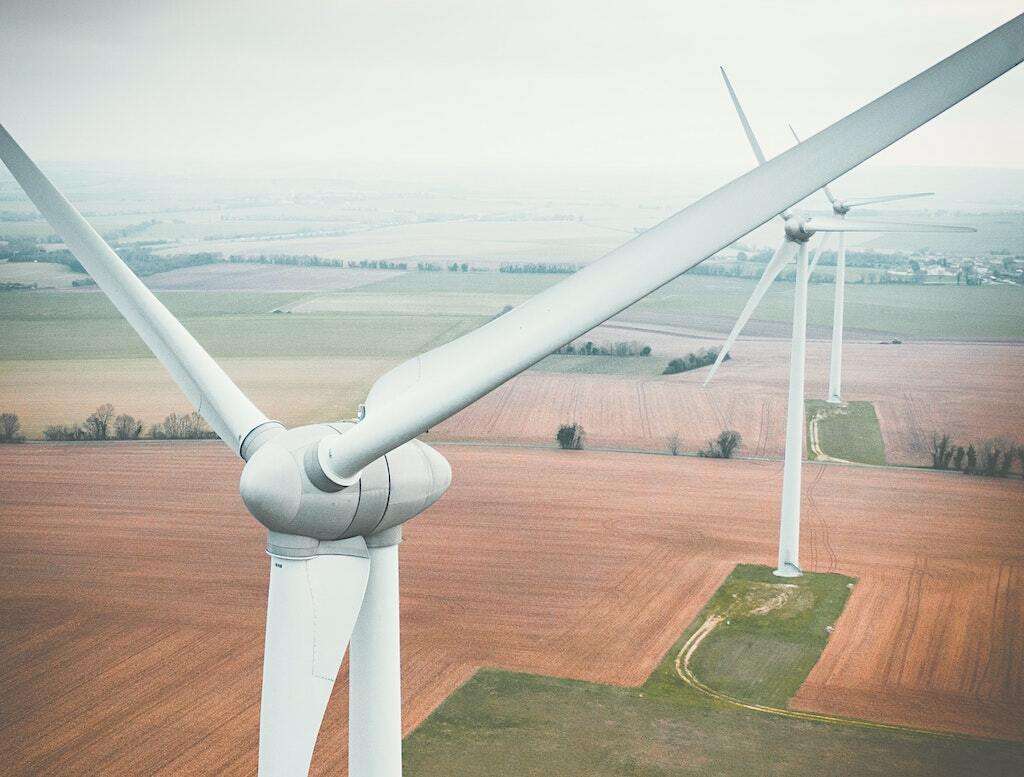In the race against climate change, going “carbon neutral” and achieving “net-zero” emissions are used a lot. Here’s what they mean and why they matter.
While “carbon neutral” may sound like a relatively new advent to address the ever-increasing threat of climate change, it’s a concept that’s been around since the 1970s, when the EPA’s Clean Air Act went into effect. The Clean Air Act was aimed at fighting pollution, namely carbon dioxide (CO2), and protecting the ozone layer. These days, we hear it more than ever as corporations and governments alike announce plans to reduce emissions and become carbon neutral. We also hear about net-zero goals — often by the same entities. So what does any of it mean and is it really making a difference?
To understand what carbon-neutral and net-zero mean, though, it’s helpful if we first understand what carbon offsets are.
What are carbon offsets?
In its simplest terms, carbon offsets are methods used to reduce carbon emissions. Most often, this is not directly related to the emissions being produced. In other words, an energy company doesn’t need to do anything different in how it sources or burns coal or oil to benefit; Taylor Swift can still fly her private jets all across the planet. To offset, the carbon offender can fund projects like reforestation efforts, soil remediation, or atmospheric carbon capture that have nothing to do with curbing their own emissions. But, by supporting these projects, the theory is it keeps the planet’s carbon in balance. It’s a bit like putting a golf ball in a cookie jar to offset the weight of a missing cookie, and our planet is a highly disappointed five-year-old.
Not much happened with the concept of offsets from the 1970s until 1989 when the first carbon offset project happened in Guatemala as part of Applied Energy Services’ effort to offset emissions for one of its coal power plants in Connecticut. The company financed an agriforest in the Central American country, kickstarting the concept of a carbon market that the Kyoto Protocol in 1997 helped make mainstream.

Carbon offsets at their core highlight the intrinsic connection between all living things and all parts of the world. This is important. The concept demonstrates that even indirect action is measurable and necessary in reducing the carbon in our atmosphere. It’s a bit like a pitcher full of water shattering and spilling all over your kitchen floor. It may be too late to stop the break and subsequent spill once the pitcher hits the floor, but after it’s happened, there’s no wrong place to start the clean-up from. You’ve got a huge, dangerous mess — and every effort to clean it up helps.
What does carbon neutral mean?
With help from carbon offsets, carbon neutral means absorbing as much CO2 from the atmosphere as an action is putting into it. There is no one definition of how this can be achieved, but some of the most common examples include carbon credits. Others include using renewable energy, reducing emissions by innovation or new technology, among other means. What carbon neutral does not mean is carbon-free, which it’s sometimes touted as. (Carbon-free means the product or action did not generate any CO2 emissions at any time in the value chain. This is essentially an impossibility given virtually everything we do creates or uses some form of energy.)
With carbon offsetting and credits widely available, achieving carbon neutrality is not a terribly difficult task on paper. According to Climate Neutral, a third-party certifying agency for carbon neutrality, 288 brands have received its seal. That has amounted to offsets of more than one million tons of carbon per year. But it’s critical to note that it does not mean a million fewer tons of carbon were produced, and scientists say reducing emissions is still the most significant step we can take to slow climate change.

For companies to prove they’re carbon neutral, they need to account for their emissions in order to accurately assess their offsets. Companies need to look at three key emissions areas: Scopes 1, 2, and 3 emissions.
Scope 1 emissions cover any direct emissions from owned or controlled sources. Scope 2 covers indirect emissions from the generation of purchased electricity, steam, heating, and cooling the reporting company uses to run its business and all operations. Scope 3, which is often not reported and typically the biggest source of any company’s emissions, includes all other indirect emissions that occur in a company’s value chain. This can be the purchased goods and services, transportation, use of the products once sold, business expenses including employee travel, and more.
Google has notably achieved carbon neutrality. It earned the distinction in 2007 after it matched its energy use with 100 percent renewable energy. Sky is the first carbon-neutral media company and has plans to be net-zero by 2030.
In a recent survey conducted by Fortune, 58 percent of Fortune 500 CEOs said they have plans to achieve net-zero greenhouse gas emissions by 2050, if not sooner. That’s up from 36 percent in the previous year.
Carbon positive
While true carbon-free status is unlikely, a growing number of companies are aiming to be carbon positive in the coming decades. This is achievable. It simply means absorbing more carbon than is being emitted. Where carbon neutral keeps the scales balanced, carbon positive tips them toward a more sustainable future. But is buying carbon offsets the best answer? It all depends on who you ask.
The complicated carbon market
The carbon market is how industries currently purchase carbon credits to offset emissions occurring in their value chains. There are voluntary and mandatory compliance schemes and programs. Recommended offsets vary by industry and country. A compliance market like the European Union’s Emissions Trading Scheme, for example, requires offsets for certain caps on how much CO2 can be emitted per year.
Voluntary carbon offset programs began developing in 2005 in response to the Kyoto Protocol. Companies that want to make claims that they are actively reducing their greenhouse gas emissions will typically participate in voluntary carbon offset programs.

Where there are mandatory offsets, companies and entities may not use voluntary offset credits to show compliance but must work with accepted compliance programs. Sometimes, however, voluntary carbon offset programs influence offset regulations. This happened in California with its Climate Action Reserve, as well as in Mexico and South Africa, where voluntary programs are accepted for compliance with carbon tax requirements.
But not everyone is a fan of these programs. Because they’re not directly changing how companies go about their business, some experts say it’s a “shoot first ask questions later” approach when what’s really needed is total gun reform. “[Carbon offset schemes] that seem almost too good or cheap to be true: they usually are. All they will offset is your guilt,” Louisa Buck said in a recent op-ed. She was writing about how the art world is responding to the climate crisis.
“It [is] often difficult to know what carbon calculations have been used or what untested assumptions might lie behind many of these offsetting claims,” Buck writes. “Investigations by Greenpeace have found that the so-called credits many organisations claim to generate to support net-zero commitments are based on flawed systems and spurious future predictions that have little or no effect on the current situation.”

Environmental organization Greenpeace has been vocal in its opposition to such programs. “Carbon offsets put a price on nature,” Chris Greenberg, an editor at Greenpeace says. “We cannot allow the richest nations and corporations to commodify nature, and buy off lands in poorer countries for offsets, so they can keep polluting the atmosphere. Nature-based offsetting projects distort economies and take land and resources away from the local communities that need it most. Nature should remain off limits to corporate control for climate offsets.”
While the crux of the concern lies with carbon offsetting allowing companies to continue their damaging practices with little consequence, traceability is also a problem. Planting a tree today to offset carbon may not last through to tomorrow. There is any number of threats that can thwart that effort — from fire to drought to illegal logging. Few programs are tracking these outcomes. And many carbon offset schemes look at longer time frames — a bit like suggesting where the splintered glass of that broken water pitcher may be recycled in its next incarnation before even cleaning it up.
Greenberg says there’s more reason carbon offsets are problematic. “There is a reason that Indigenous Environmental Network and Indigenous Climate Action held a protest against offsetting at COP26, the UN’s annual climate conference: Offsetting incentivises the commodification of nature and allows powerful corporations to take over the lands of vulnerable communities, risking human rights abuses. Offset schemes often exclude local and Indigenous Peoples from land management practises that allow them to grow food and preserve biodiversity.”
Carbon neutral vs. net zero: are they the same?
While carbon neutrality and net zero are both terms used to describe a state in which the amount of carbon dioxide emissions produced by human activities is balanced by the amount removed from the atmosphere, they do have some important differences.
Carbon neutrality refers to a state in which the amount of CO2 emissions produced by an organization, industry, or country is equal to the amount of CO2 removed from the atmosphere through carbon offsets or other methods. Essentially, carbon neutrality means that an organization is not adding to the overall amount of CO2 in the atmosphere, but it also doesn’t necessarily mean that it has eliminated all of its emissions. On the other hand, net zero refers to a state in which the amount of CO2 emissions produced is completely eliminated through a combination of reducing emissions and removing CO2 from the atmosphere.

This can be achieved through a combination of strategies, such as reducing energy consumption, switching to renewable energy sources, and investing in carbon capture and storage (CCS) technologies that remove CO2 emissions from the atmosphere and store them in a secure location, such as underground. Achieving net zero means that an organization, industry, or country has completely eliminated its contribution to global warming.
The main difference between carbon neutrality and net zero is the level of ambition and the scope of emissions reduction. Carbon neutrality is a good starting point, but it only means that an organization or country is not adding to the problem of climate change. It doesn’t necessarily mean that they have eliminated all of their emissions. Net zero is a more ambitious goal, as it requires the complete elimination of CO2 emissions through a combination of strategies. This goal is in line with the Paris Agreement’s objective of limiting global warming to well below 2°C above pre-industrial levels and pursuing efforts to limit it to 1.5°C.
Another important difference between carbon neutrality and net zero is the role of carbon removal technologies. Carbon offsets are often used to achieve carbon neutrality, but they are controversial because they rely on the assumption that the CO2 removal projects will actually work and remove the promised amount of CO2. In contrast, net zero strategies prioritize the use of CCS technologies, which can capture CO2 emissions from power plants or other sources and store them underground, effectively removing them from the atmosphere.
So, is carbon neutral good or bad?
In its Sixth Assessment Report released last April, the Intergovernmental Panel on Climate Change called for urgent reductions in greenhouse gas emissions — as much as 30 percent. Without urgent action, the planet will hit the 1.5°C temperature rise that the world’s leading climate scientists say will lead to catastrophic extreme weather events, increased fires, droughts, and rising and warming oceans.

“This is not fiction or exaggeration. It is what science tells us will result from our current energy policies,” United Nations Secretary-General António Guterres warned in April along with the report. “We are on a pathway to global warming of more than double the 1.5-degree (Celsius, or 2.7-degrees Fahrenheit) limit (agreed in Paris in 2015).”
The report urged for immediate reductions in emissions, with the peak happening no later than 2025.
Is carbon neutral the ultimate cure for climate change? It sure doesn’t look like it. But it’s a critical step in slowing the climate crisis.
“It’s now or never, if we want to limit global warming to 1.5°C,” Jim Skea, a professor at Imperial College London and co-chair of the working group behind the report, said in a statement. “Without immediate and deep emissions reductions across all sectors, it will be impossible.”


